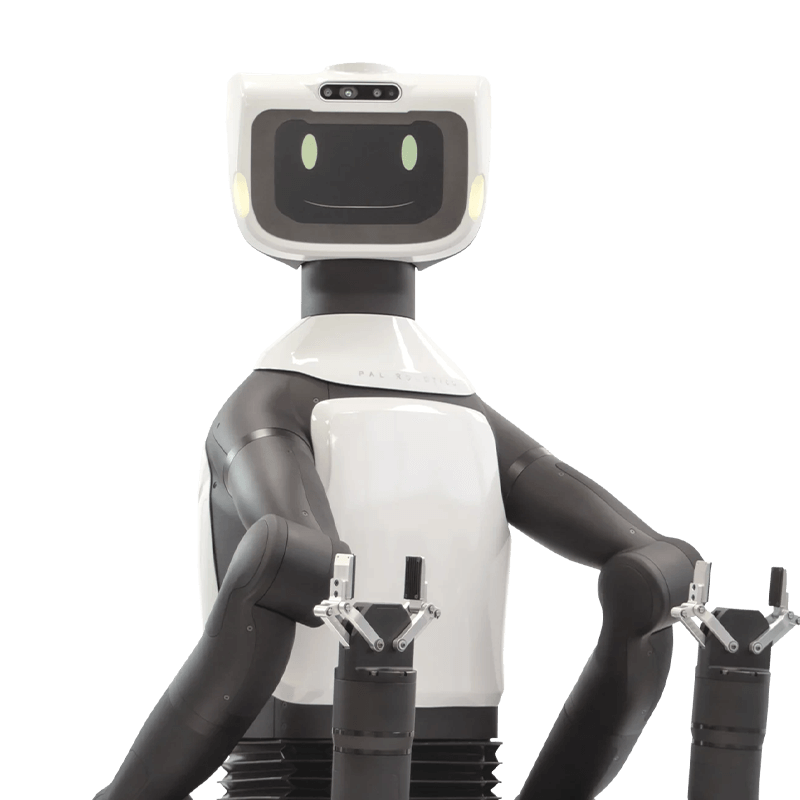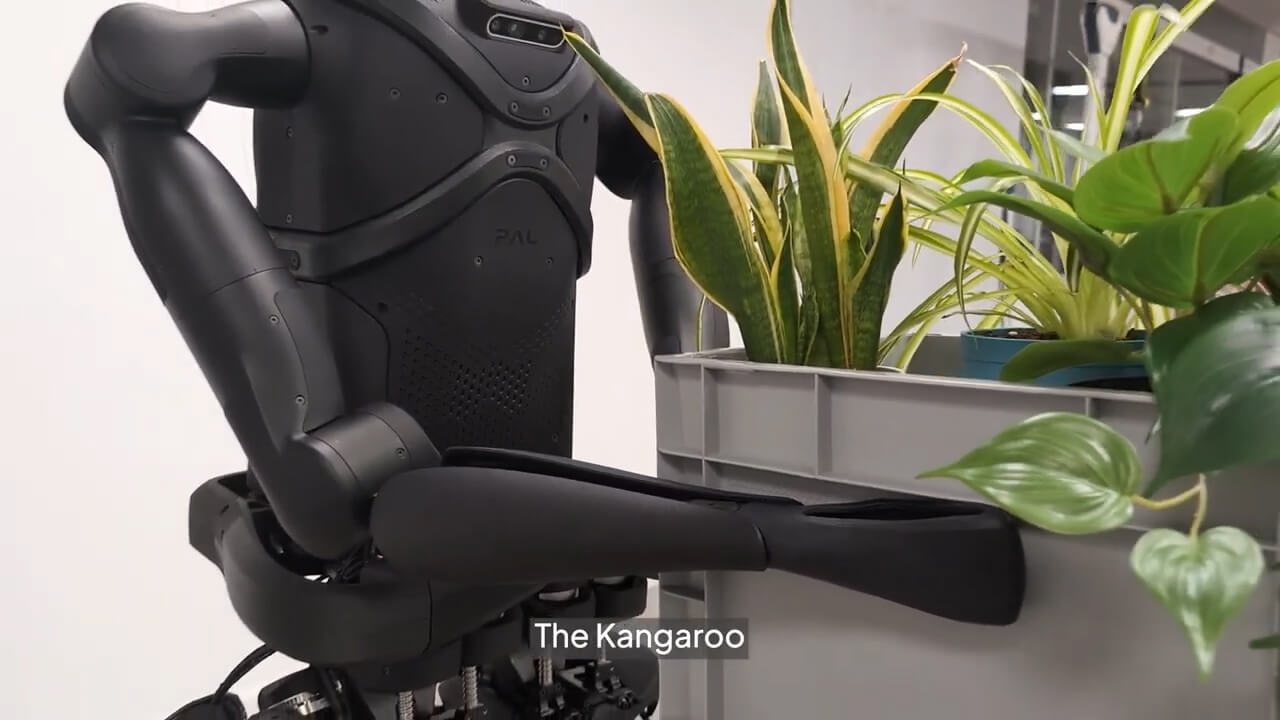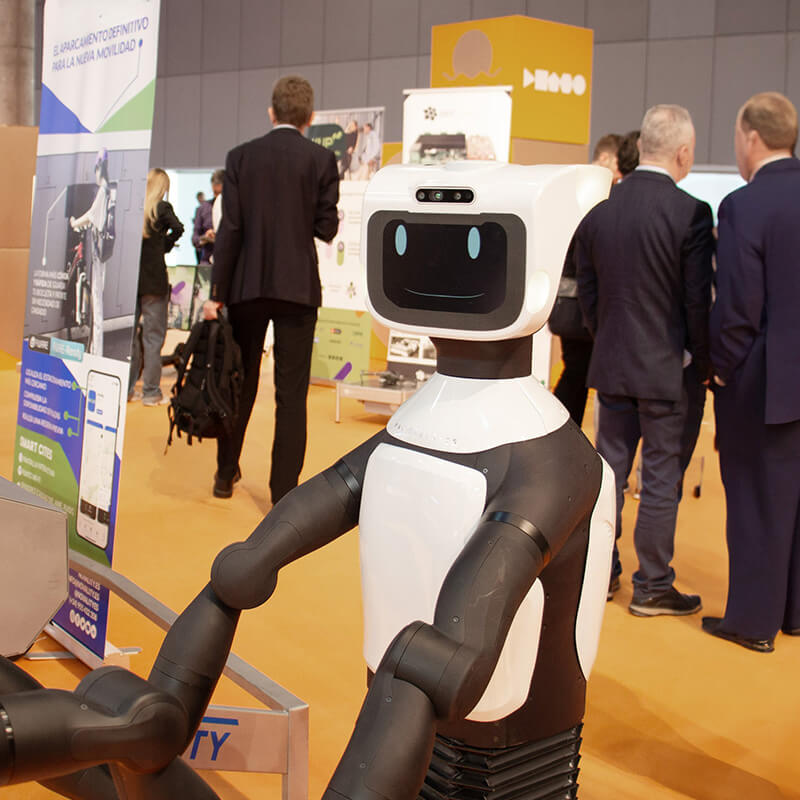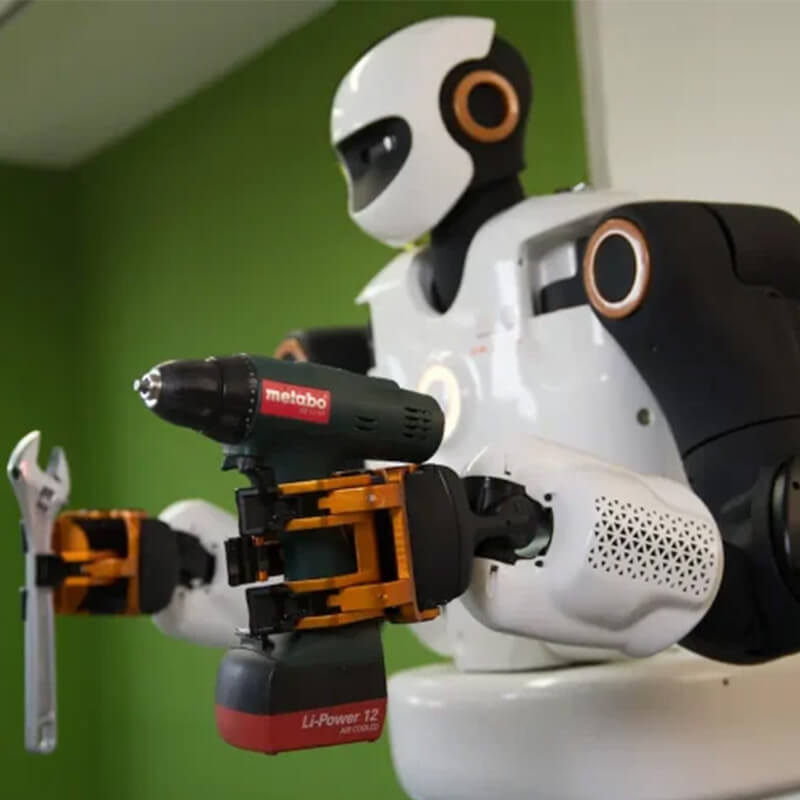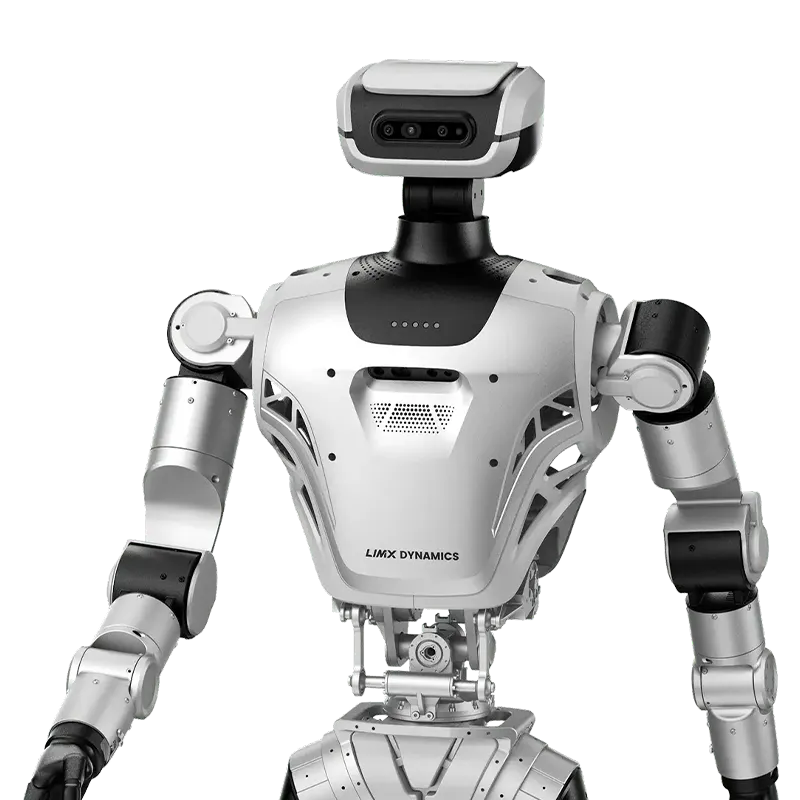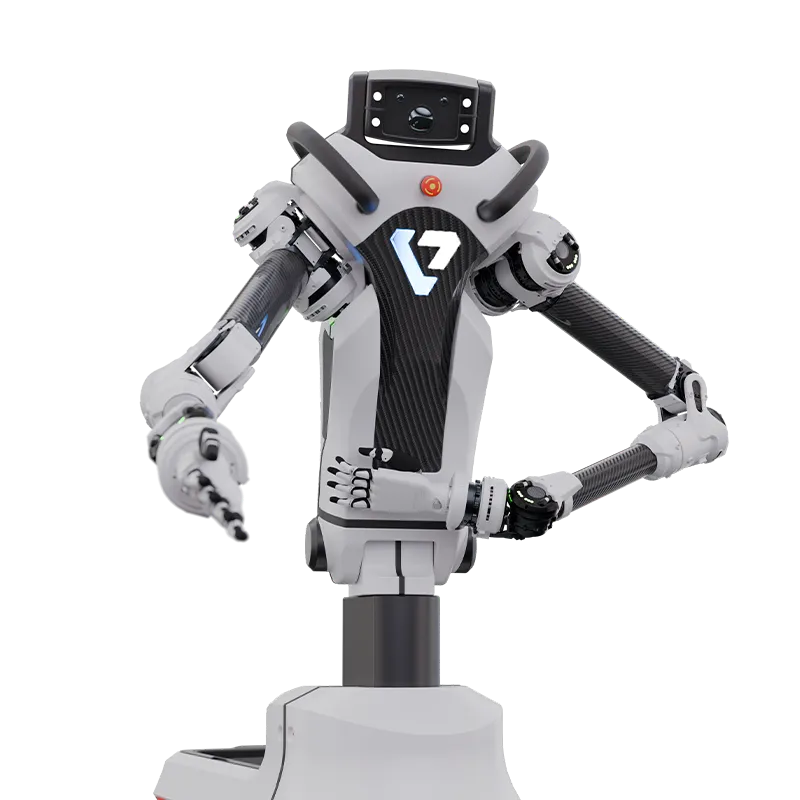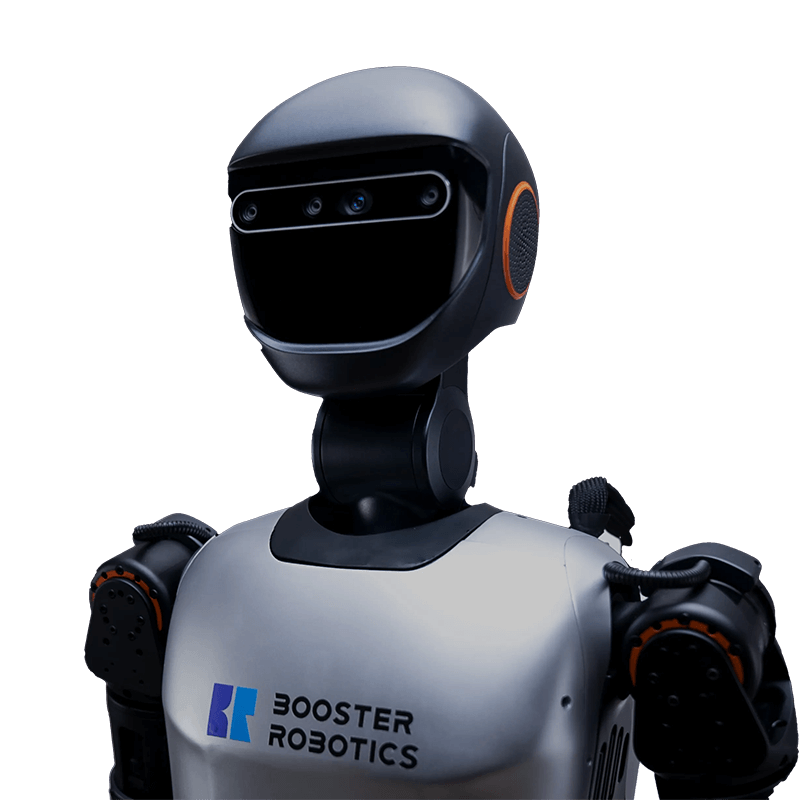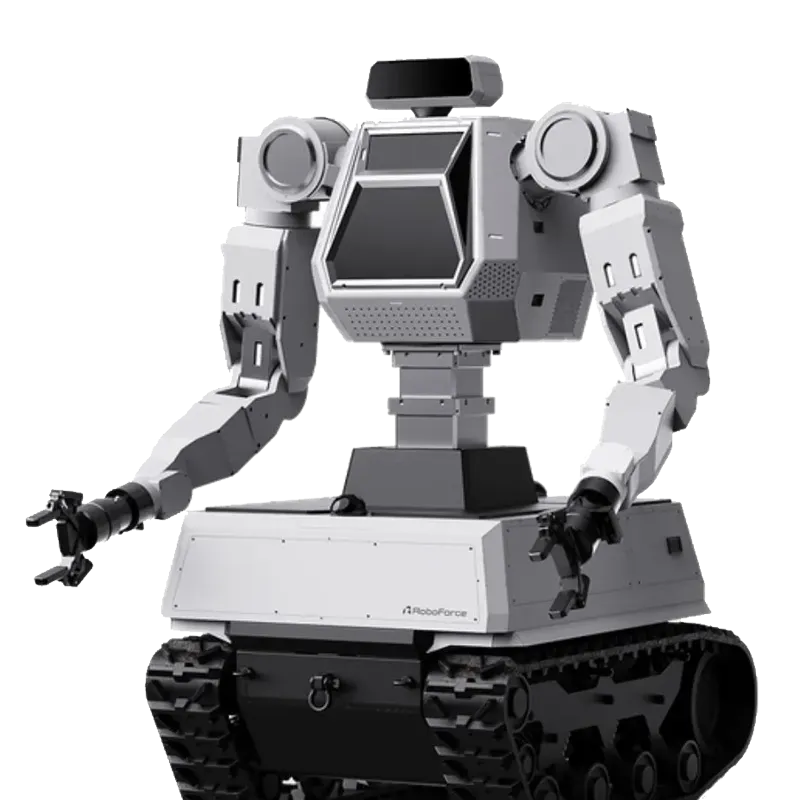Intro
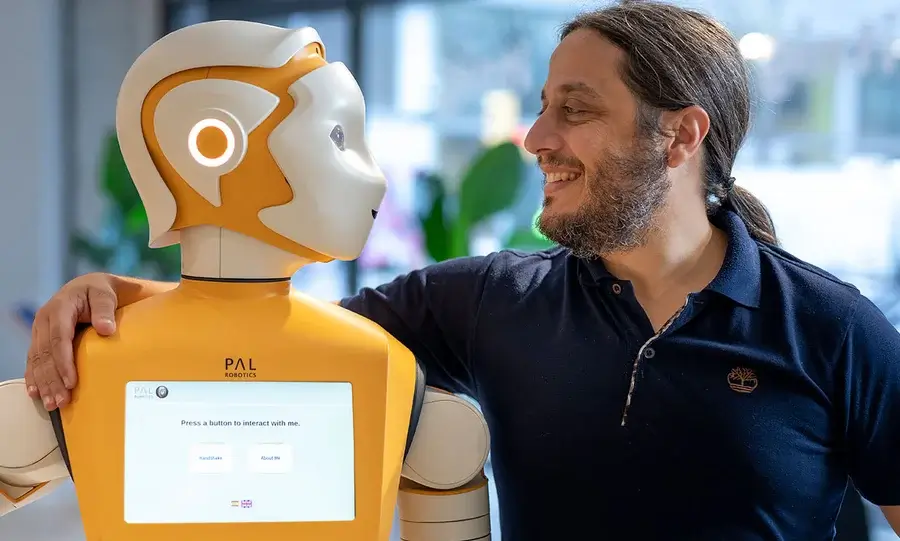
Company Background
- Founding and Origin:
PAL Robotics was founded in Barcelona, Spain, in 2004 by a small group of engineers, pioneered by co-founder and current CEO, Francesco Ferro. Ferro and his initial team moved to Barcelona with a bold vision to create the first humanoid robot in Europe. - Initial Breakthrough:
PAL Robotics is marked by a significant achievement in European robotics: the debut of Europe's first fully autonomous humanoid biped robot, REEM-A. This initial success, driven by a contract to create a robot that could physically play chess by moving and walking pieces. - Focus:
With over two decades of experience, PAL robotics has evolved from a startup focused on research prototypes into a influential global firm. The company has maintained a commitment to reliable, integrable and human-centric robotic development, famously maintaining a non-militarized stance on robotics since its inception.
Core Objectives and Mission
The overarching mission of PAL Robotics is to enhance people's quality of life through Service Robotics and automation technologies. This mission is broken down into several key objectives:
- Enhance Societal Well-being:
To develop robots that work alongside humans, solving everyday problems, and supporting both domestic tasks and industrial efficiency. - Pioneer R&D and Innovation:
To continuously push the boundaries of technological advancement by integrating cutting-edge technologies like Artificial Intelligence (AI), Generative AI, and deep learning into their platforms. - Provide Versatile Solutions:
To create and manufacture highly integrated and reliable solutions, including customizable platforms and modular components, that adapt to the specific needs of clients in diverse sectors. - Advance Robotics in Key Sectors:
To focus development on high-impact areas where robotics can create significant value, notably:- Healthcare and Ambient Assisted Living (AAL): Reshaping patient care, improving safety, and enhancing efficiency and outcomes.
- Research & Education: Providing reliable, cutting-edge platforms for universities and research institutions globally to boost R&D.
- Logistics and Industry: Empowering industrial efficiency through flexible technologies like mobile bases and manipulators.
- Retail: Transforming retail with robotics for effective inventory management and memorable customer engagement.
- Foster Collaboration:
To actively collaborate with international partners in public and private institutions, participating in over 50 Research and Development projects to boost innovation across Europe and globally.- OpenDR Project:
Contributed to developing an open deep learning toolkit to enhance robot understanding and decision-making, with a focus on healthcare applications for the TIAGo robot. - SPRING Project:
Developed and deployed seven ARI robots in geriatric healthcare settings to provide social assistance and support, improving the patient experience. - ROS Development:
Instrumental in creating and integrating key open-source software, including the ROS4HRI (Robot Operating System for Human-Robot Interaction) framework, which is helping set international standards for how robots perceive and reason about humans. - Leadership Recognition:
CEO Francesco Ferro has been recognized with the "CEO of the Year" award for his visionary leadership and work in advancing robotics safety and functionality, including the pioneering use of torque control in bipedal robots.
- OpenDR Project:
Robots
- TIAGo: A versatile mobile manipulator robot widely used in research and industry for tasks such as logistics, inspection, and assistance.
- TIAGo Pro: A wheeled humanoid robot equipped with advanced perception, and ROS integration for versatile applications in research, manufacturing, logistics, and healthcare.
- REEM-C: A full-sized humanoid robot platform designed for research and service applications, capable of bipedal locomotion and manipulation.
- StockBot: An autonomous inventory management robot for retail and warehouse environments.
- Kangaroo: A mobile robot platform showcased at ROSCon 2024, designed for autonomous navigation and logistics.
- ARI: The Social robot that expresses emotions and provides meaningful interactions.
Specialism
PAL Robotics specializes in modular, customizable biped humanoid and service robots. Leveraging a ROS-based stack, the company leads in autonomous mobile manipulation, intuitive human-robot interaction (HRI), and collaborative robotics, delivering solutions for logistics and retail. Also, they are actively participating in pilot projects across healthcare and assisted-living.
Business Viability
Financial Metrics
Publicly reported financial data suggests a solid, if highly specific, revenue model, though specific profitability details are not widely disclosed.
- Estimated Annual Revenue: Sources estimate PAL Robotics' annual revenue to be in the range of $10 million to over $67 million per year. This wide range highlights the difficulty in obtaining exact figures for private robotics firms but confirms it is a company with a significant and growing commercial footprint.
- Funding Strategy: PAL Robotics is part of the PAL Technology Group and has also secured substantial grant funding, particularly from the European Union (EU) (e.g., Horizon 2020, Eurostars SME programme).
- The reliance on EU grants and collaborative project funding is a common and viable strategy for European R&D firms, allowing them to fund expensive, long-term research (like advanced humanoid locomotion and AI integration) while selling commercial-ready products.
- Business Model: The model is diversified across three main revenue pillars:
- Platform Sales: Selling specialized, high-cost robotic platforms (TALOS, TIAGo, ARI) to universities and research institutions globally.
- Commercial Automation Solutions: Deploying turnkey solutions (StockBot, TIAGo Delivery) to commercial clients in retail, logistics, and healthcare, with the potential for recurring revenue from software, maintenance, and data services (like the StockBot's Money Mapping).
- R&D and Grant Projects: Earning revenue through participation in major European and international collaborative R&D projects.
Growth Opportunities and Strategic Alliances
The company is strategically positioned to capitalize on future robotics trends:
- AI and Software Integration: PAL Robotics is heavily involved in projects (like OpenDR) to integrate deep learning and advanced AI into its robots, which is critical for future viability in the autonomous systems market.
- Strategic Partnerships: Collaborations with major industrial players like ABB and Materialise demonstrate an ability to integrate its technology into wider industrial automation and manufacturing ecosystems.
- Growing Market Demand: The global humanoid robot market is expected to experience a CAGR of 39.2% from 2025 to 2030. PAL Robotics' 20 years of experience in this niche gives it a significant advantage in expertise as the market accelerates.


